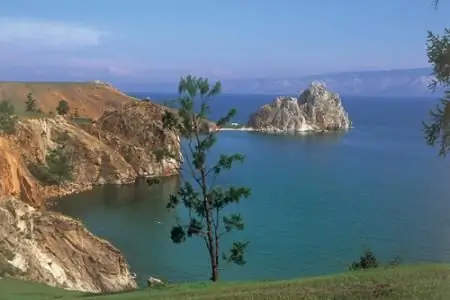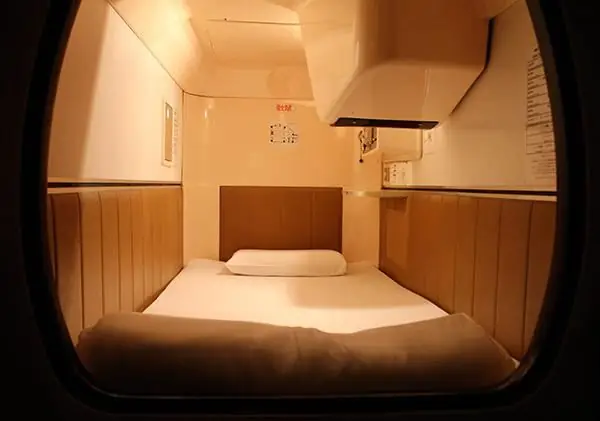- Author Harold Hamphrey [email protected].
- Public 2023-12-17 10:06.
- Last modified 2025-01-24 11:10.
Karst caves are natural shafts, cavities and wells that occur in partially soluble rocks. They have clear boundaries, and thanks to chalk and limestone, strong vaults are formed. In regions where winters are cold,

frosty air penetrates into the caves and stagnates there, so the air temperature there is close to zero even in summer. And ice crusts, stalactites and stalagmites form on the walls and ceiling. The Kungur ice cave, located in the Perm region, is one of the most famous and largest caves in Russia, the length of its passages is almost six km. It is located inside the ice mountain, on the right bank of the Sylva River.
Where karst caves form, rocks such as limestone and gypsum, chalk, dolomite, marble and s alt occur. There is sufficient rainwater and elevation changes. Karst caves consist of vertical dips, wells, shafts, inclined passages, crevices, halls and labyrinths. On the walls and ceilings there are stalagnates, stalagmites,

stalactites formed by drip-sintering and capillary-film helictites, crystallictites andcorallites. Underground rivers, waterfalls flow in the depths of the caves, lakes with picturesque "shores" are formed. The caves are characterized by a special microclimate. The so-called speleofauna is due to the lack of sunlight and the increased concentration of carbon dioxide. The air temperature inside is constant and equal to the average annual temperature of the area to which they are adjacent.
In the southern part of the Ural Mountains, on the territory of Bashkortostan, there is a cave Shulgan-Tash. In 1950, the Soviet archaeologist A. V. Ryumin studied this cave. He discovered rock paintings over a length of about one and a half kilometers. Images of rhinos, mammoths, horses and bison were made in ocher. The remains of people found during excavations, animal bones, charcoal prove that people lived there more than fourteen and a half thousand years ago. Now a museum has been created inside the cave.

Karst caves in Russia are numerous. They can be found in the Eastern Sayans and in the Moscow region. All caves of the Moscow region are of artificial origin. In the middle of the eighteenth century, stone was taken from these places for the construction of Moscow. Over time, some passages collapsed, others formed from faults and cracks. At present, the Moscow region karst caves are much longer than the Caucasian ones. They attract scientists and tourists. People, trying to brighten up gray everyday life, celebrate birthdays, weddings and other holidays there. Wrong behavior in the dungeon sometimes leads to disastrous consequences. Because of this, the entrances to the quarries are covered up by order of the authorities.
Recently, karst caves have been used for medicinal purposes. Their microclimate has healing properties for patients with bronchial asthma. The high degree of radioactivity and ionization of the air in the caves have a beneficial effect on the nervous and cardiovascular systems. The first speleoclimatic chambers are equipped in the sanatoriums "Prikamye" and "Malakhit" in the resort of Ust-Kachka.






